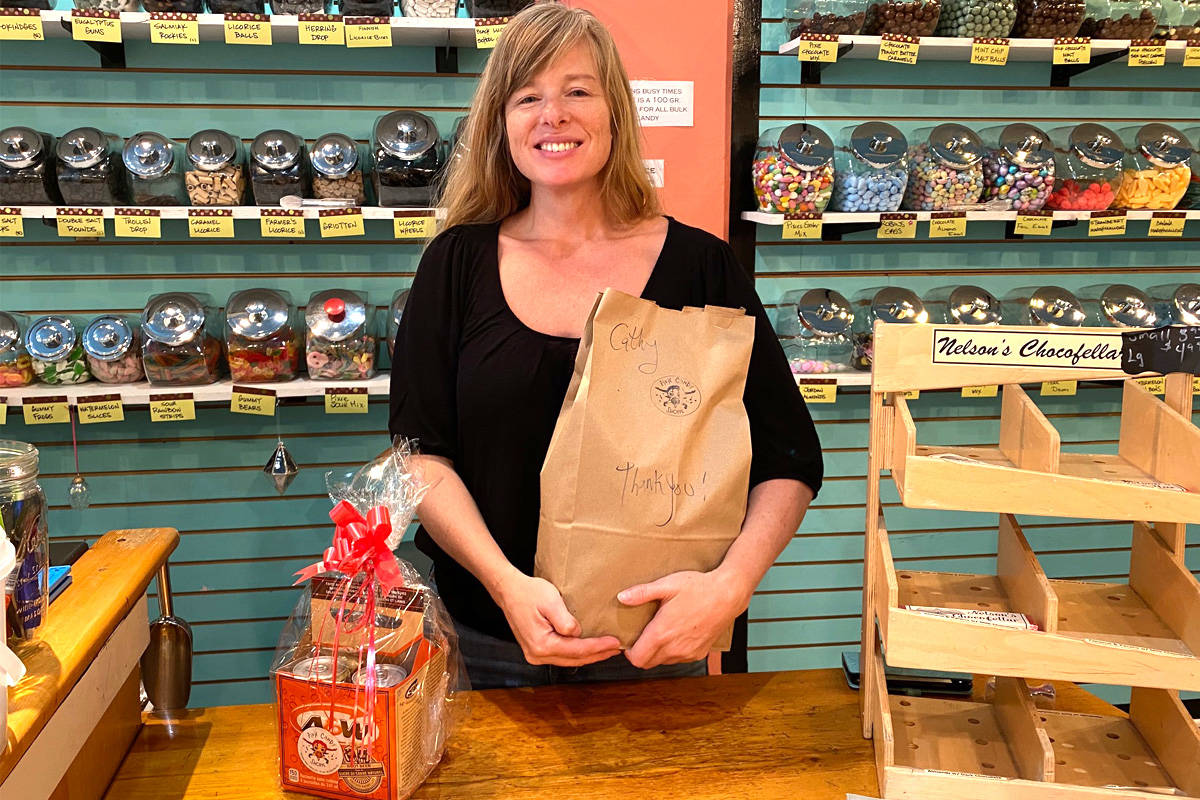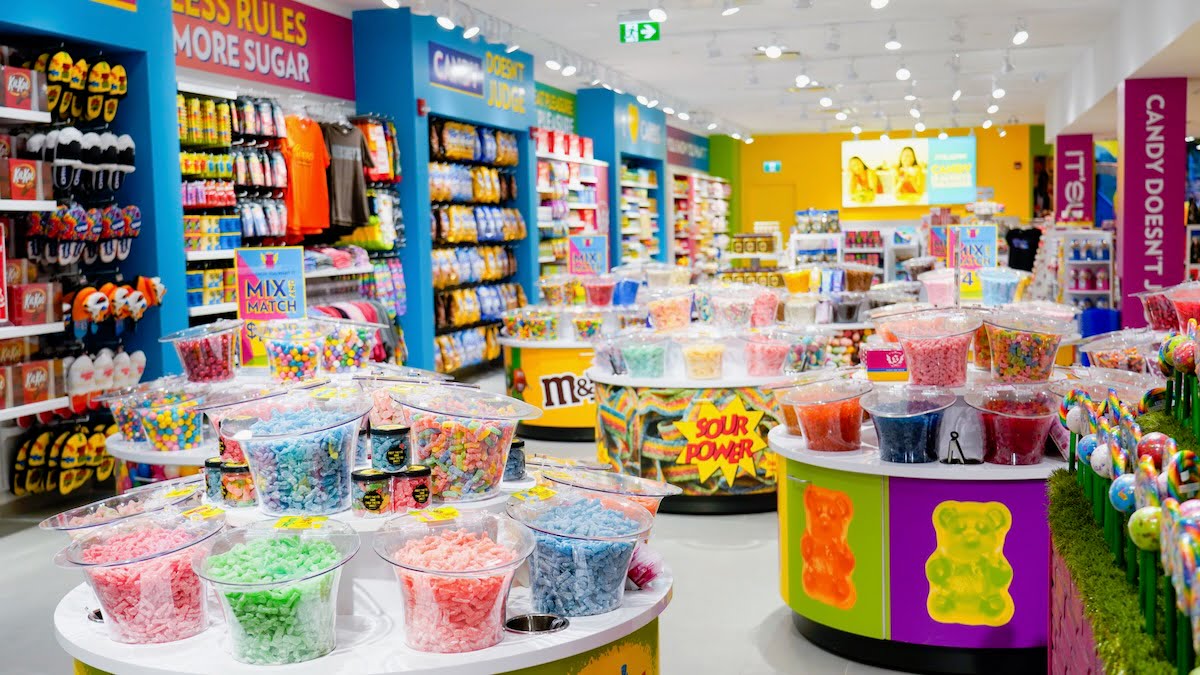The Definitive Guide for I Luv Candi
Fascination About I Luv Candi
Table of ContentsEverything about I Luv Candi10 Simple Techniques For I Luv CandiOur I Luv Candi PDFsWhat Does I Luv Candi Mean?I Luv Candi - Truths
We've prepared a great deal of business prepare for this kind of job. Here are the usual consumer segments. Client Section Description Preferences Just How to Find Them Children Youthful consumers aged 4-12 Vibrant candies, gummy bears, lollipops Partner with regional colleges, host kid-friendly events Teens Adolescents aged 13-19 Sour candies, novelty items, trendy deals with Engage on social networks, work together with influencers Moms and dads Adults with young children Organic and healthier alternatives, classic sweets Deal family-friendly promotions, market in parenting publications Trainees School students Energy-boosting candies, economical snacks Companion with nearby schools, promote throughout examination durations Gift Customers People looking for presents Costs delicious chocolates, gift baskets Develop attractive screens, offer customizable present options In assessing the financial dynamics within our sweet-shop, we've discovered that clients normally spend.Monitorings suggest that a normal customer often visits the store. Specific periods, such as holidays and unique events, see a rise in repeat sees, whereas, throughout off-season months, the regularity could decrease. da bomb. Determining the life time worth of a typical customer at the candy store, we approximate it to be
With these consider factor to consider, we can deduce that the average income per customer, over the course of a year, hovers. This figure is pivotal in strategizing organization enhancements, marketing endeavors, and client retention techniques.(Disclaimer: the numbers delineated above act as general estimates and may not specifically mirror the metrics of your special company circumstance - https://canvas.instructure.com/eportfolios/2820727/Home/Welcome_to_I_Luv_Candi_Your_Sweet_Paradise.) It's something to desire when you're writing business strategy for your sweet store. One of the most profitable customers for a sweet shop are usually households with children.
This group tends to make frequent purchases, raising the shop's income. To target and attract them, the sweet-shop can employ vivid and playful marketing methods, such as dynamic display screens, catchy promotions, and perhaps also organizing kid-friendly occasions or workshops. Creating an inviting and family-friendly atmosphere within the store can also enhance the total experience.
A Biased View of I Luv Candi
You can likewise estimate your very own income by applying different presumptions with our monetary prepare for a candy shop. Average regular monthly income: $2,000 This sort of candy store is usually a tiny, family-run company, possibly understood to locals yet not attracting great deals of travelers or passersby. The store could use a choice of typical sweets and a couple of homemade treats.
The store doesn't generally carry unusual or pricey items, concentrating instead on budget friendly treats in order to keep routine sales. Thinking a typical costs of $5 per consumer and around 400 consumers monthly, the month-to-month income for this candy store would be about. Typical month-to-month profits: $20,000 This sweet-shop take advantage of its strategic place in a hectic metropolitan area, bring in a multitude of customers looking for pleasant indulgences as they shop.
Along with its diverse sweet option, this shop might likewise offer relevant products like present baskets, candy arrangements, and uniqueness things, offering numerous revenue streams - da bomb. The store's location requires a higher allocate rent and staffing however leads to greater sales quantity. With an estimated ordinary investing of $10 visite site per client and concerning 2,000 clients each month, this shop can create
How I Luv Candi can Save You Time, Stress, and Money.
Found in a major city and vacationer destination, it's a large establishment, typically spread out over numerous floorings and possibly part of a nationwide or international chain. The store provides an enormous variety of sweets, consisting of exclusive and limited-edition things, and goods like well-known garments and devices. It's not just a store; it's a location.
The functional prices for this type of store are substantial due to the location, size, team, and features used. Thinking a typical purchase of $20 per client and around 2,500 consumers per month, this flagship shop can achieve.
Group Instances of Costs Typical Monthly Expense (Range in $) Tips to Minimize Expenses Rent and Utilities Store rent, electricity, water, gas $1,500 - $3,500 Think about a smaller area, negotiate lease, and utilize energy-efficient lights and home appliances. Stock Sweet, snacks, product packaging materials $2,000 - $5,000 Optimize inventory administration to minimize waste and track popular products to stay clear of overstocking.
Advertising And Marketing and Marketing Printed materials, online advertisements, promotions $500 - $1,500 Focus on cost-efficient electronic advertising and make use of social media systems free of cost promotion. camel balls candy. Insurance coverage Company liability insurance coverage $100 - $300 Look around for affordable insurance coverage prices and take into consideration bundling plans. Equipment and Maintenance Sales register, present racks, repair services $200 - $600 Buy pre-owned tools when possible and carry out normal maintenance to extend equipment life expectancy
How I Luv Candi can Save You Time, Stress, and Money.
Bank Card Processing Fees Charges for processing card payments $100 - $300 Negotiate lower processing charges with payment cpus or discover flat-rate choices. Miscellaneous Workplace products, cleansing materials $100 - $300 Purchase in bulk and look for discount rates on materials. A sweet-shop ends up being profitable when its overall earnings surpasses its overall set costs.

A large, well-located sweet store would clearly have a greater breakeven factor than a small store that doesn't need much income to cover their costs. Curious about the productivity of your candy shop?
5 Easy Facts About I Luv Candi Shown

Last but not least, economic declines that lower customer investing can influence candy shop sales and profitability, making it crucial for sweet stores to manage their expenses and adapt to changing market problems to stay successful. These threats are frequently included in the SWOT evaluation for a sweet store. Gross margins and internet margins are essential indicators utilized to evaluate the profitability of a sweet shop business.
Essentially, it's the profit staying after deducting costs directly pertaining to the candy stock, such as acquisition expenses from providers, production expenses (if the candies are homemade), and staff salaries for those entailed in manufacturing or sales. Net margin, on the other hand, consider all the costs the candy shop incurs, including indirect prices like administrative expenses, marketing, rental fee, and tax obligations.
Sweet-shop typically have a typical gross margin.For instance, if your sweet store gains $15,000 per month, your gross revenue would be roughly 60% x $15,000 = $9,000. Let's illustrate this with an instance. Think about a sweet-shop that sold 1,000 sweet bars, with each bar priced at $2, making the total profits $2,000. The store incurs costs such as buying the sweets, utilities, and wages for sales personnel.